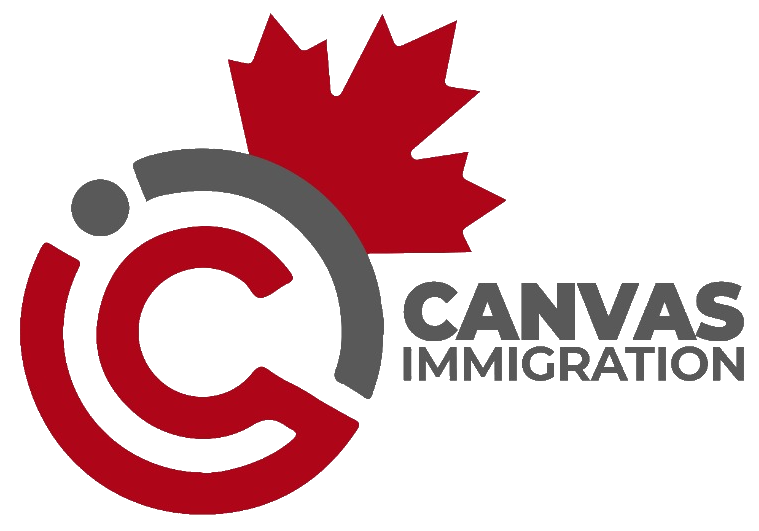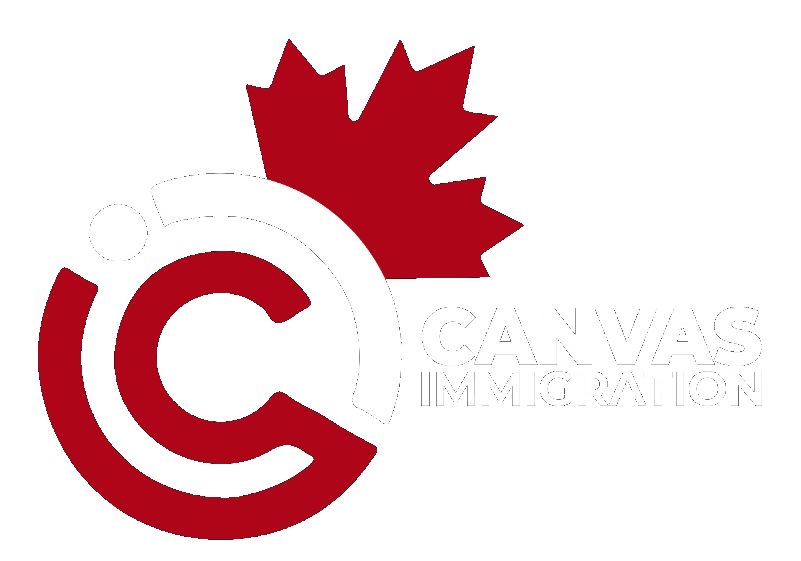Over the past two decades, Canada’s healthcare system has expanded rapidly. From 1998 to 2024, the number of health sector jobs more than doubled, adding 898,000 new positions, a 114.8% increase. The sector has grown at twice the rate of the broader economy. Still, the healthcare system is feeling the pressure.
An aging workforce continues to challenge Canada’s ability to meet rising healthcare demands. As of 2024, nearly 18% of healthcare workers are aged 55 or older. While this is slightly lower than in 2018, it’s still significantly higher than in the late 1990s.
This generational shift, combined with an aging population and growing service needs, means Canada can’t rely on domestic workforce growth alone. That’s where immigrants are stepping in — playing a crucial role in stabilizing and sustaining the country’s healthcare workforce.
Young Workers and Immigrants: A Vital Source of Renewal
One of the key indicators used to assess workforce sustainability is the occupational renewal ratio. It compares the number of younger professionals (aged 25–34) to older workers nearing retirement (aged 55–64). In 2024, the average renewal ratio for all healthcare occupations stood at 1.9, nearly double the number of young entrants compared to soon-to-retire workers.
But the numbers vary across roles.
| Occupation | Renewal Ratio |
| Licensed Practical Nurses | 2.2 |
| Nurse Aides, Orderlies, Patient Service Associates | 0.9 |
That 0.9 figure is worrying, indicating more people are leaving than entering in critical support roles. Immigrants help close this gap. In 2021, 24% of nurse aides, orderlies, and patient service associates aged 25–34 were either recent immigrants (arrived between 2016–2021) or non-permanent residents. Among young medical specialists, over 10% were newcomers.
This trend is clear: immigration is keeping these occupations alive.
Overqualified, Yet Underemployed
Many immigrant healthcare workers bring advanced qualifications, yet are underutilized in the roles they find.
- In 2021, 47% of recent immigrants working as nurse aides held a bachelor’s degree or higher.
- Among Canadian-born workers in the same occupation, that figure was only 6.3%.
- Nearly 25% of these degree-holding immigrants had completed health-related education outside Canada.
Similar patterns are seen among licensed practical nurses. 62% of recent immigrants in this role held university degrees — almost the same level of education as Canadian-born registered nurses.
Despite their skills, these immigrants are often restricted to support-level positions. Barriers like non-recognition of foreign credentials, lack of Canadian work experience, and strict regulatory requirements keep many from advancing.
Meeting Rising Demand Requires More Than Just Replacements
Canada’s aging population continues to increase demand for healthcare services. By 2051, the number of seniors (65+) is expected to hit 11.8 million. At the same time, job vacancies in health occupations reached nearly 97,500 in late 2022, more than double pre-pandemic levels.
The issue is not just replacing retiring workers — it’s expanding the healthcare workforce to meet this rising need. And immigrants are a major part of that solution.
Newcomers already make up a large portion of new healthcare workers. Their continued inclusion is essential, especially in fields where renewal ratios are dangerously low.
A Call for Change: How Canada Can Better Support Immigrant Health Workers
Canada is attracting qualified health professionals, but is falling short in fully using their potential. A few key policy shifts could make a big difference:
- Faster and more transparent foreign credential recognition
- More bridging programs to help immigrants meet Canadian licensing standards
- Support for upskilling, mentoring, and re-entry pathways
- Better alignment between immigration selection and labour market needs in healthcare
Without these reforms, skilled immigrants will continue to be underemployed, and healthcare shortages will persist.
Immigrants Are Essential to Canada’s Healthcare Workforce
Immigration is not a side strategy — it’s at the centre of how Canada is keeping its healthcare system running. From nurse aides to medical specialists, immigrants are filling gaps, supporting patient care, and driving workforce renewal.
The future of healthcare in Canada depends on the country’s ability to recruit, retain, and empower these skilled professionals. That means recognizing credentials faster, supporting training pathways, and creating real opportunities for growth.
At ImmigCanada, we work with healthcare professionals around the world to find the right immigration and licensing pathways. Whether you’re just starting out or looking to practice at your full skill level in Canada, we’re here to guide the way.
Frequently Asked Questions
Q1. Why are Immigrants Essential to Canada’s Healthcare Workforce?
They fill roles left by an aging workforce, help reduce vacancies, and support long-term system stability.
Q2. Are Immigrant Healthcare Workers Overqualified for Their Roles?
Yes. Many hold advanced degrees but are working in support roles due to barriers in credential recognition.
Q3. What is a Renewal Ratio in Healthcare Jobs?
It compares younger workers entering a job to older ones leaving it. A low ratio signals a potential shortage.
Q4. Why are Highly Skilled Immigrants Working in entry-Level Health Jobs?
Due to lack of Canadian licensing, local experience, and long processes to recognize international credentials.
Q5. What Policy Changes are Needed?
Faster credential recognition, targeted bridging programs, and better alignment between immigration and healthcare workforce needs.
Q6. What are the Best Provinces in Canada for Healthcare Professionals in 2025?
Provinces like British Columbia, Ontario, Saskatchewan, and Nova Scotia have strong demand for healthcare workers.
Q7. Can International Healthcare Workers Get PR in Canada?
Yes. Many healthcare professionals qualify forCanada PR through Express Entry, Provincial Nominee Programs (PNPs), or pilot programs like the Home Support Worker Pilot and Rural and Northern Immigration Pilot (RNIP).
Q8. How Long Does it Take to Get Licensed as a Nurse in Canada?
It can take 6 months to 2 years, depending on your credentials, English/French proficiency, province of licensure, and whether you need additional courses or exams.
Q9. Are there any bridging programs for internationally trained healthcare professionals?
Yes. Many Canadian colleges and universities offer bridging programs for IENs, doctors, and allied health professionals to help meet licensing and employment standards.
Q10. Can I Work as a Healthcare Assistant While I wait for Licensure?
Yes. Many internationally educated nurses work in support roles like personal support worker (PSW) or nurse aide.
Q11. Is IELTS Required for Healthcare Professionals Immigrating to Canada?
Yes. Most immigration programs and licensing bodies require proof of English (IELTS) or French (TEF) language proficiency.
Q12. Do Canadian Healthcare Employers Hire Candidates from Abroad Directly?
Some do, especially when hiring throughprovincial health authorities or recruitment partnerships.
Q13. Can I Immigrate to Canada as a Healthcare Worker Without Canadian Experience?
Yes, but having Canadian education or experience helps.
Q14. How Can I Find Healthcare Jobs in Canada from Abroad?
Start by checking official job boards like Job Bank, provincial health authority sites, and Health Match BC, and connect with IRCC-approved recruiters who work with healthcare employers in Canada.
Add ImmigCanada to Your Google News Feed

